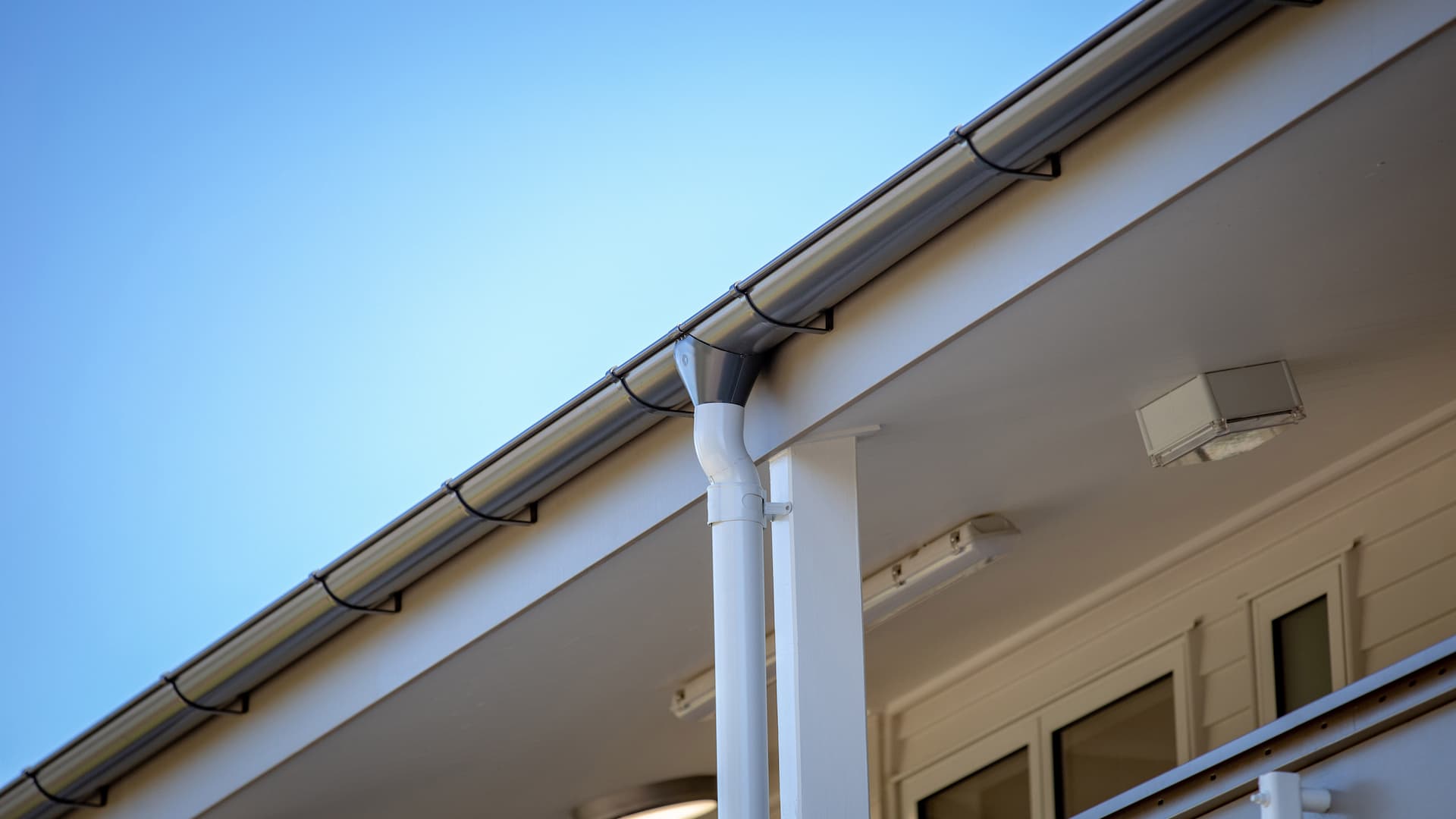A Guide to Rainwater Collection Gutters
Rainwater harvesting in the last decade has emerged as a popular way to cut costs and help the environment all at once! While it has long been the norm in New Zealand's rural areas, it is far from commonplace in cities. We lag behind places like Australia, where droughts and pressure on water supplies have forced the widespread adoption of rainwater collection gutters. Rainwater collection is something we should all be adopting, and with our essential guide to rainwater harvesting, you can too!

What is Rainwater Harvesting?
Traditionally, rainwater harvesting involves utilising rainwater collection gutters on your roof that channel water into downpipes and then into a storage vessel. Rainwater storage systems can be as simple as a barrel or as elaborate as an underground tank. Rainwater harvesting is becoming a viable alternative to supplying your household with water.
Types of Rainwater Harvesting Systems
Rain Barrels
Rain barrels are among the most common and economic rainwater harvesting systems. All you need to do is install a barrel beneath the downpipe and collect rain as it flows from your roof. A barrel with an outlet at its base will mean you can easily draw water directly from it, attach a hose, or connect it to your irrigation system.
Dry Systems
Dry systems are an evolution of the barrel system, utilising a large storage vessel. A large tank is placed on your property, and pipes run from your rainwater collection gutters straight into the tank. The name 'dry system' comes from the fact that the pipes fully empty into the tank during rainfall due to gravity and remain dry during periods of no rain.
Wet Systems
Wet rainwater harvesting systems are the most elaborate of the three and involve the most work. Similar to dry systems, a large tank is used, but this one is placed underground. When it rains, water flows from gutters to underground pipes and then rises in a vertical pipe into an underground tank.
Wet system pipes constantly contain water and won't dry out between rainfall, so you will need to be wary of stagnant water attracting mosquitos and anaerobic fermentation. We highly recommend that you screen the pipes and drain them periodically. While this option requires a little more maintenance, the aesthetic advantage of the system being hidden underground makes it the go-to for many homeowners.
Innovative Debris Diversion Solutions: The IN/OUT Debris Diverter
If you're looking for rainwater harvesting systems that don't involve glue or silicone, we recommend the IN/OUT Debris Converter. The innovative grill design offers one of the most effective ways to clean roofs and gutters without polluting the stormwater system. The downpipe diverter keeps leaves, debris, and organic material from entering the stormwater system, preventing contamination and blockages. It is easy to use and install and requires minimal maintenance.
How Can You Use Harvested Rainwater?
Harvested rainwater can be used for potable uses, such as drinking and cooking, or non-potable uses, like cleaning, plumbing, and irrigation. However, keep in mind that rainwater is only potable if it has been treated and filtered. Also, some councils will only let you use rainwater for potable purposes; it is always best to check with your local council requirements before you set up your system.
What are You Waiting for? Start Your Rainwater Harvesting System Today
Harvesting rainwater is the latest trend in eco-friendly homeownership. European Gutters is helping drive this change forward in New Zealand with high-quality steel gutters. Need a hand getting started? Get in touch with the team at European Gutters; we're happy to help!




